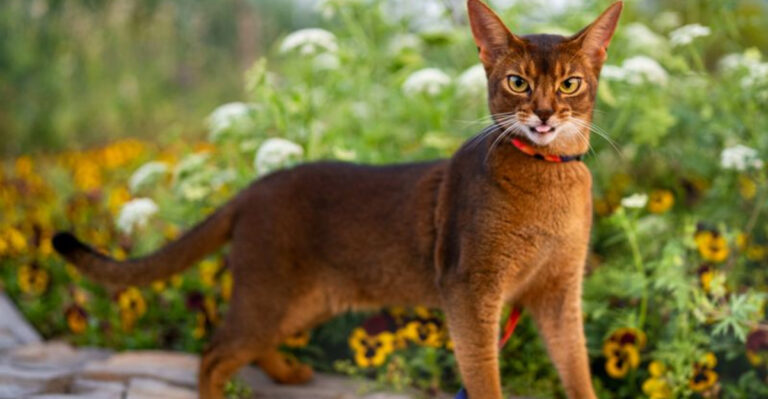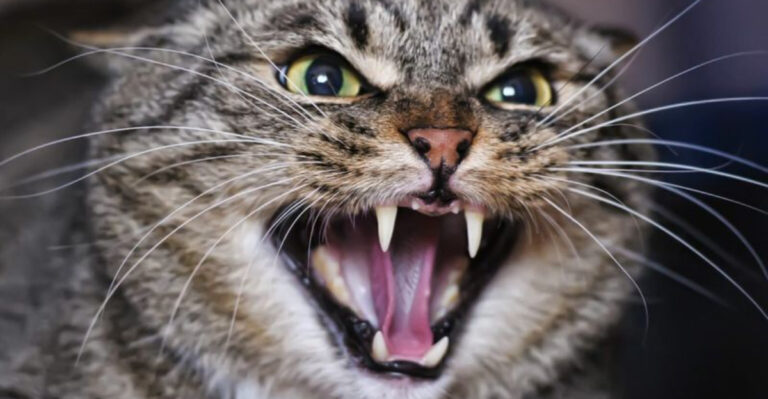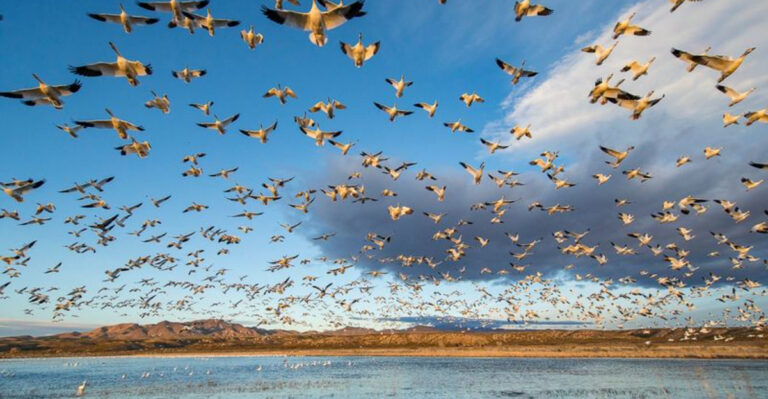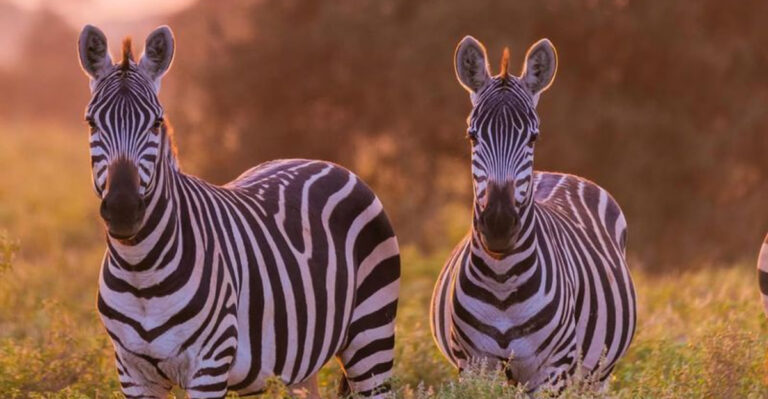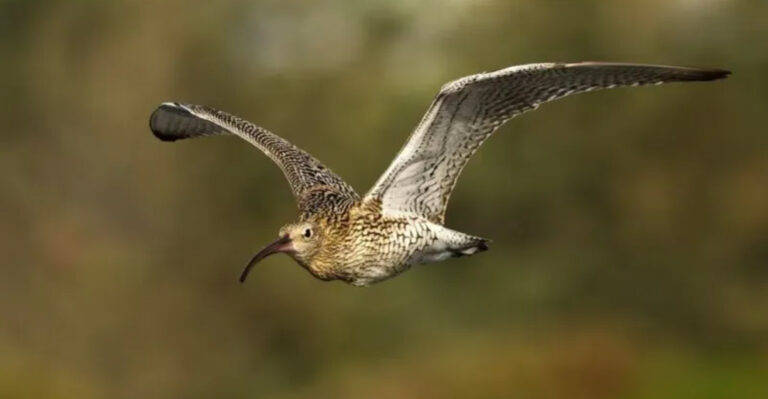9 Common Birds You See In Your Yard (And 5 That Mean Your Yard Is Thriving)
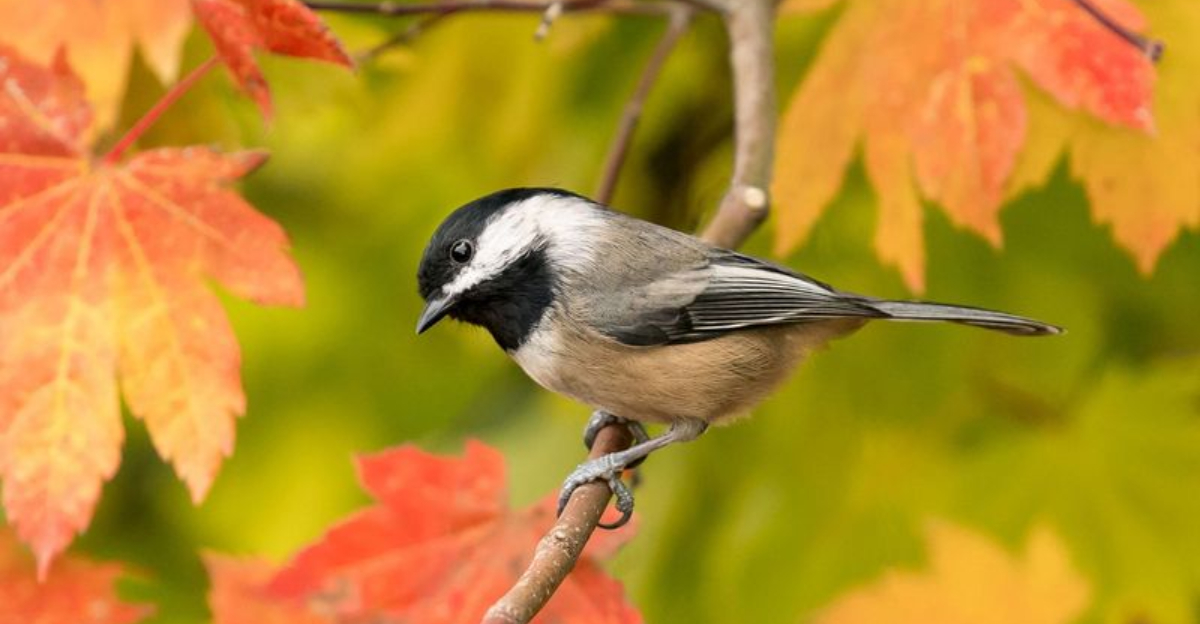
Ever wondered about those feathered visitors fluttering around your yard? Birds aren’t just beautiful to watch – they’re also indicators of your yard’s health and biodiversity.
Some birds show up almost everywhere, while others only appear when your outdoor space provides exceptional habitat. Let’s explore which winged neighbors you’re likely to spot and which ones signal you’ve created a truly bird-friendly environment.
1. American Robin – The Early Bird
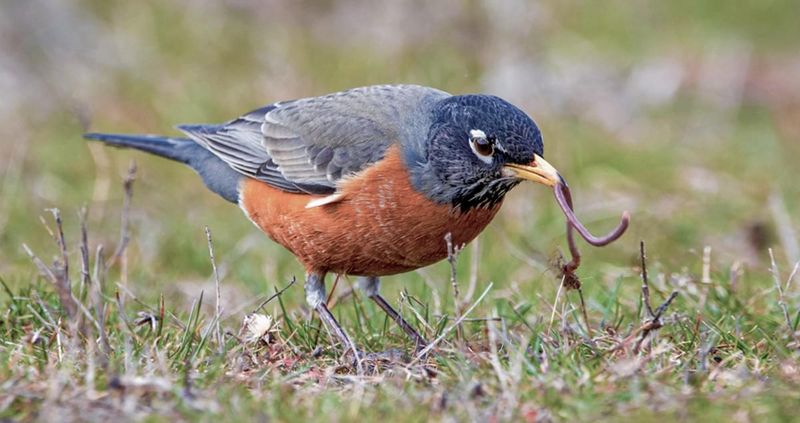
Those orange-breasted birds pulling worms from your lawn after rain aren’t just harbingers of spring. American Robins stick around most of the year in many regions.
Their cheerful morning songs often start before sunrise, earning them their “early bird” reputation. Look for them hopping across grassy areas, heads tilted as they listen for earthworms moving below the surface.
2. House Sparrow – The Feisty Colonist
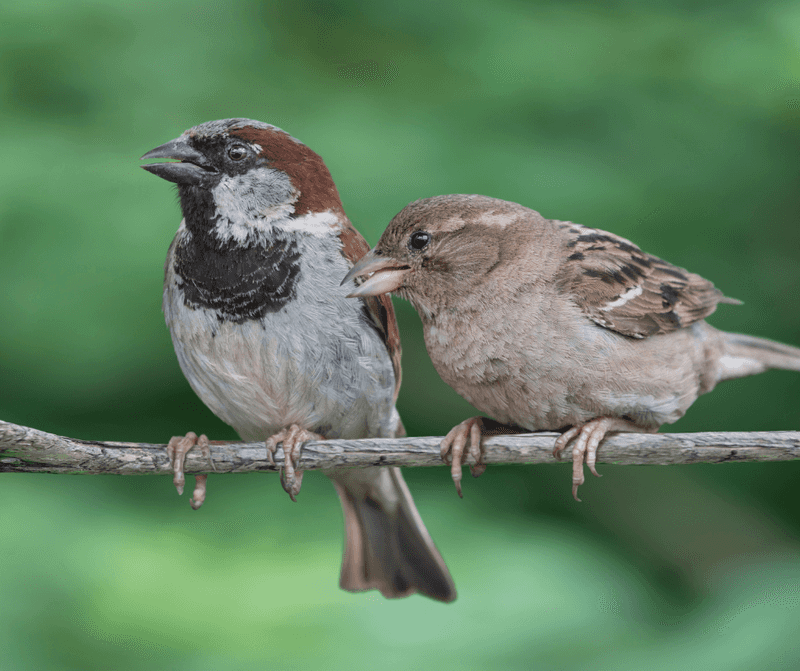
Originally from Europe, these little brown birds have made themselves at home everywhere. House Sparrows thrive in human-modified landscapes and aren’t picky eaters.
Males sport black bibs and gray caps, while females wear subtle tan plumage. Despite their small size, they’re surprisingly aggressive at feeders, often chasing away native birds with their constant chirping and bold attitudes.
3. Northern Cardinal – The Scarlet Standout
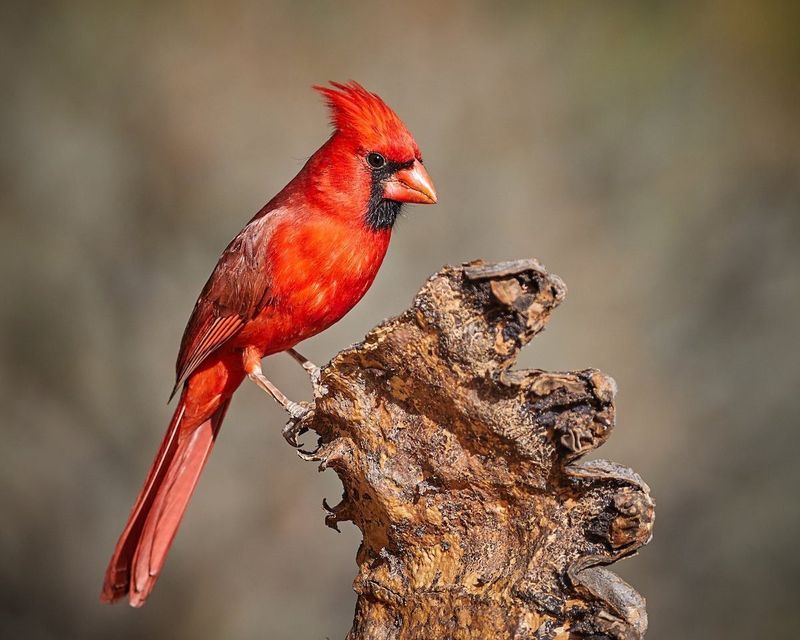
That flash of brilliant red against winter snow or summer greenery? That’s the male Northern Cardinal, one of America’s most beloved backyard visitors.
Females sport a more subtle reddish-brown color with red accents. Cardinals don’t migrate, staying put year-round and forming loyal pairs. Their distinctive “purty-purty-purty” whistles often echo through neighborhoods at dawn and dusk.
4. Blue Jay – The Noisy Sentinel
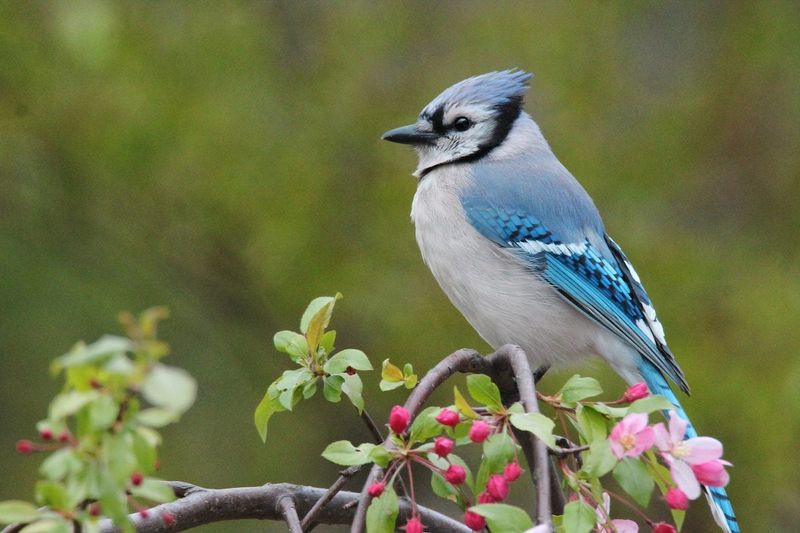
With their striking blue crest and loud, unmistakable “jay-jay” calls, Blue Jays make their presence known. These intelligent birds belong to the crow family and show remarkable problem-solving abilities.
Blue Jays serve as neighborhood watchdogs, sounding alarms when predators approach. They’re notorious for bullying smaller birds at feeders, but they also perform valuable ecological services by planting thousands of acorns and nuts.
5. Mourning Dove – The Gentle Cooing Neighbor
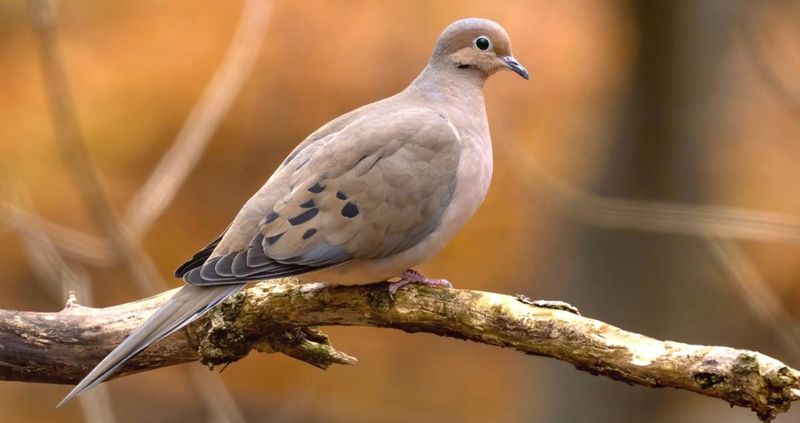
Those soft, melancholy “coo-OO-oo-oo-oo” sounds floating through your yard come from Mourning Doves. These plump, tan-colored birds with small heads spend hours peacefully foraging on the ground.
When startled, their wings make a distinctive whistling sound during takeoff. Mourning Doves form devoted pairs and often raise multiple broods each season. Their gentle nature and soothing calls add a peaceful ambiance to any backyard.
6. Black-capped Chickadee – The Acrobatic Charmer
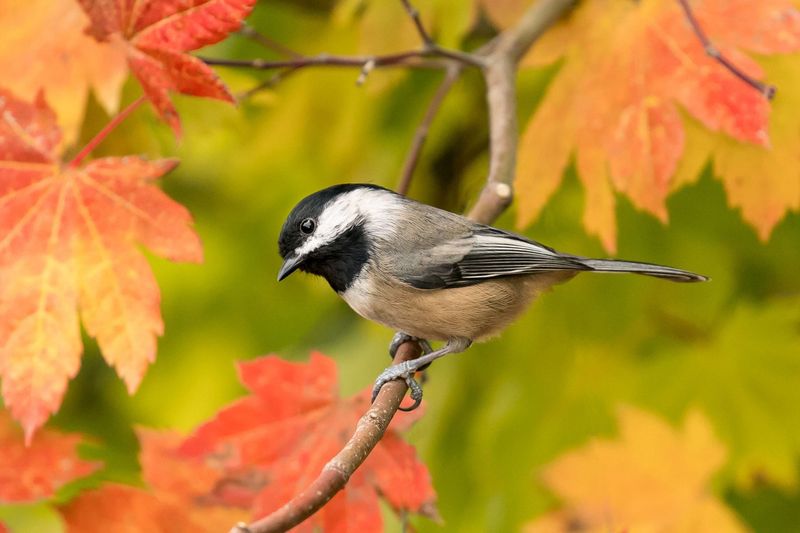
Few birds match the personality-packed Black-capped Chickadee. These tiny birds with black caps and bibs perform impressive acrobatics as they hang upside-down from branches and feeders.
Their cheerful “chick-a-dee-dee-dee” calls (with more “dees” when danger’s present) brighten winter days. Remarkably social, they’re often the first to investigate new feeders and will sometimes eat from your hand after gaining trust.
7. European Starling – The Iridescent Invader
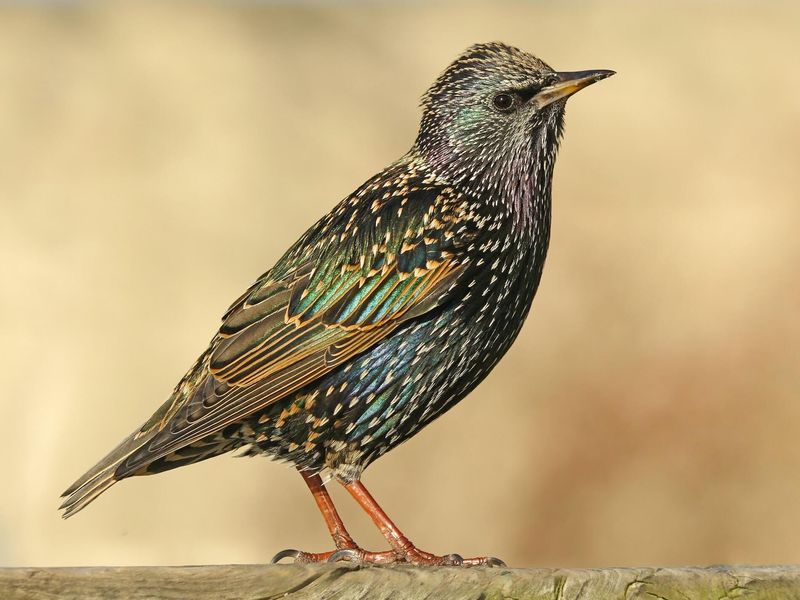
Love them or hate them, European Starlings are here to stay. Released in New York’s Central Park in the 1890s, these glossy black birds with speckled patterns now number in the millions across North America.
Their incredible vocal abilities include mimicking other birds, car alarms, and even human speech. Starlings gather in massive, swirling flocks called murmurations that create breathtaking aerial displays at dusk.
8. American Goldfinch – The Flying Sunbeam
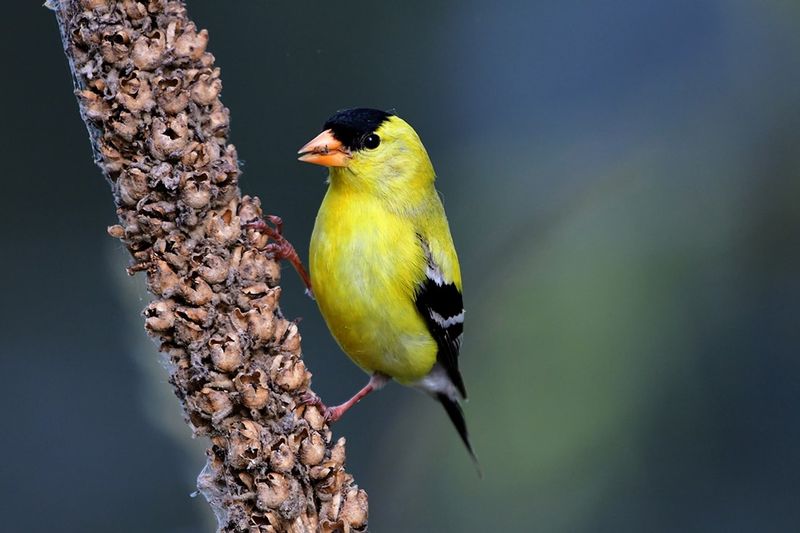
Male American Goldfinches transform into brilliant yellow beacons during summer months, earning their nickname “wild canaries.” Females and winter males sport more subdued olive-brown plumage.
Their bouncy flight pattern resembles a roller coaster as they call “po-ta-to-chip” while flying. These strict vegetarians adore thistle seeds and will flock to niger seed feeders. Unlike many birds, they wait until mid-summer to nest when thistle down is abundant.
9. House Finch – The Rosy Crooner
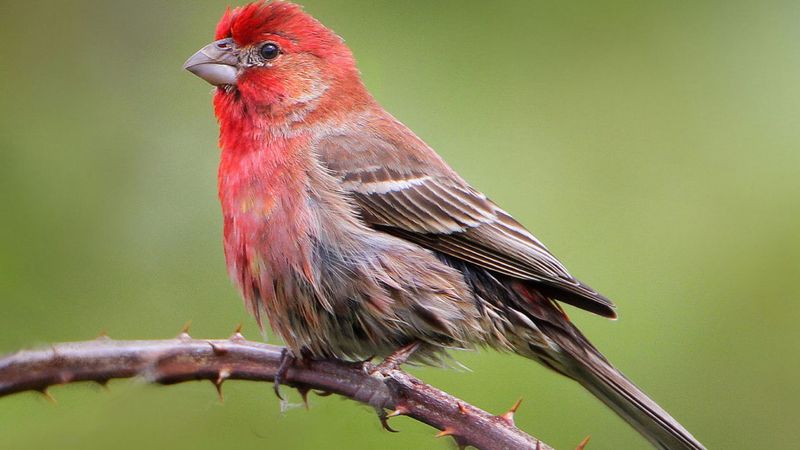
Originally western birds, House Finches now thrive coast-to-coast. Males sport varying shades of raspberry-red on their heads and chests – the brighter the red, the healthier the bird’s diet.
Females wear streaky brown plumage instead. Their sweet, warbling songs flow continuously during breeding season. Adaptable and social, these finches readily nest near homes, sometimes in hanging plants or wreaths on front doors.
10. Downy Woodpecker – The Woodland Messenger
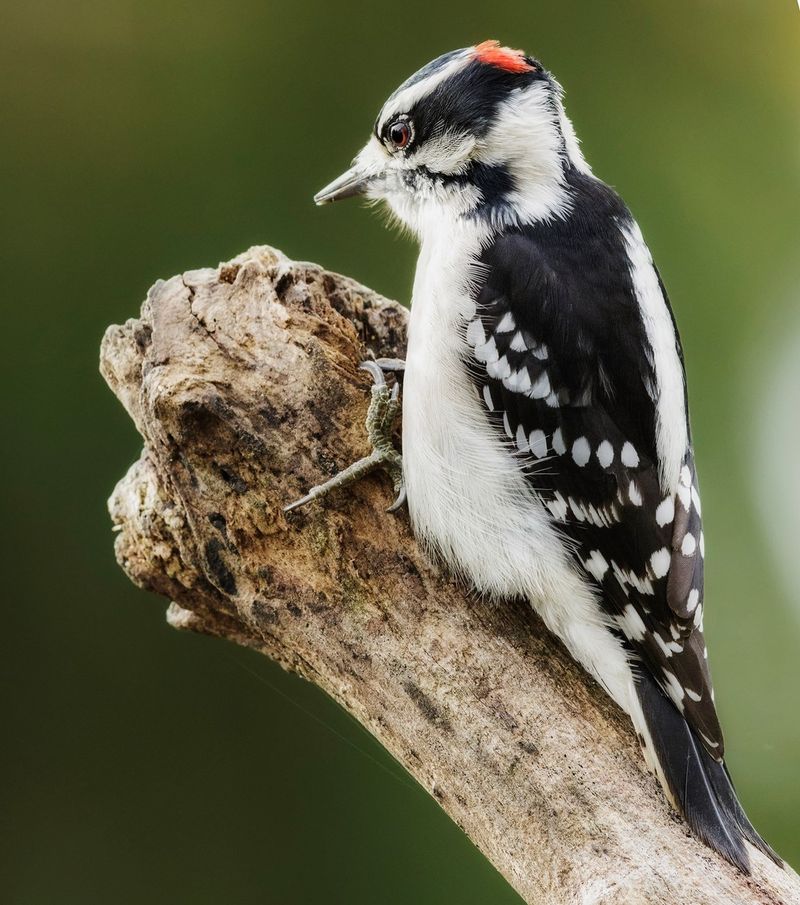
When you hear rapid drumming on a tree or wooden surface, look for the Downy Woodpecker. America’s smallest woodpecker resembles a sparrow with striking black and white patterns and a straight, chisel-like bill.
Males sport a small red patch on the back of their heads. These industrious birds hammer away at tree bark seeking insects and larvae hidden underneath. Their presence indicates your yard has enough mature trees to support woodpecker feeding and nesting.
11. Eastern Bluebird – The Azure Jewel
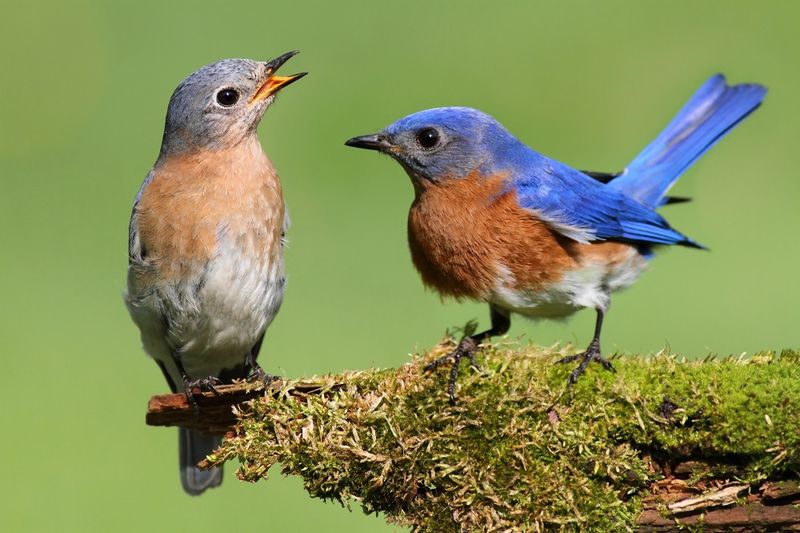
The brilliant blue of a male Eastern Bluebird against a snowy landscape stops people in their tracks. These medium-sized thrushes nearly disappeared in the mid-20th century due to habitat loss and competition from introduced species.
Conservation efforts, including widespread nestbox programs, helped their comeback. Seeing bluebirds indicates your yard offers open spaces with scattered trees and low grass for hunting insects. Their soft, warbling songs sound like pure contentment.
12. Baltimore Oriole – The Flame-Colored Architect
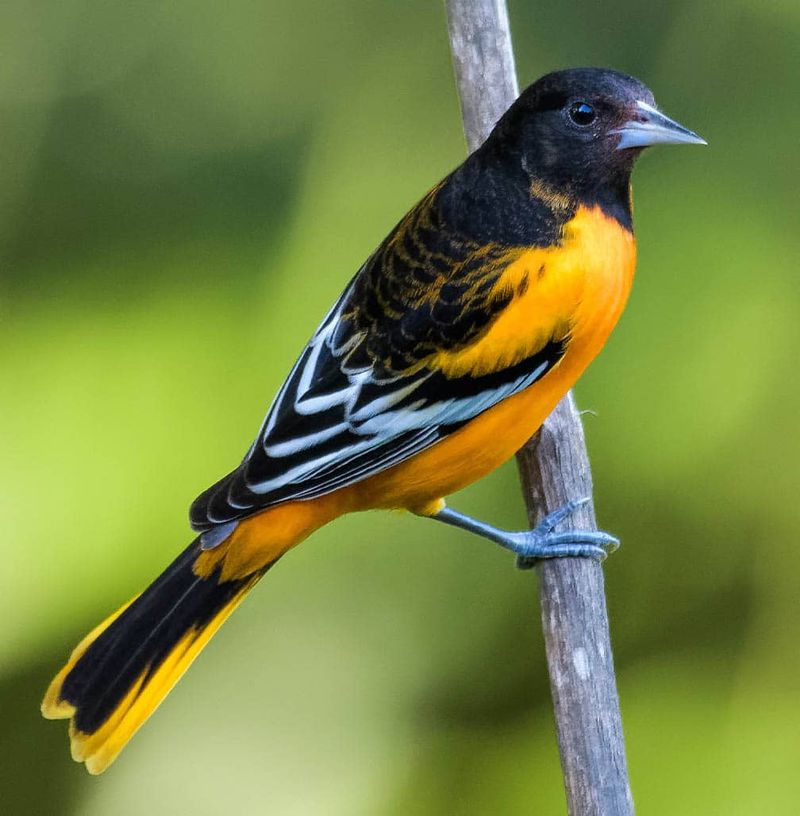
When bright orange birds flash through your treetops in spring, Baltimore Orioles have arrived. Males display stunning black and orange plumage while females wear more subtle yellowish coloring.
These master weavers construct remarkable hanging nest pouches from plant fibers, usually high in deciduous trees. Their flute-like songs brighten May mornings. Orioles signal excellent habitat diversity, especially if your yard contains fruit-bearing trees and tall shade trees.
13. Ruby-throated Hummingbird – The Aerial Jewel
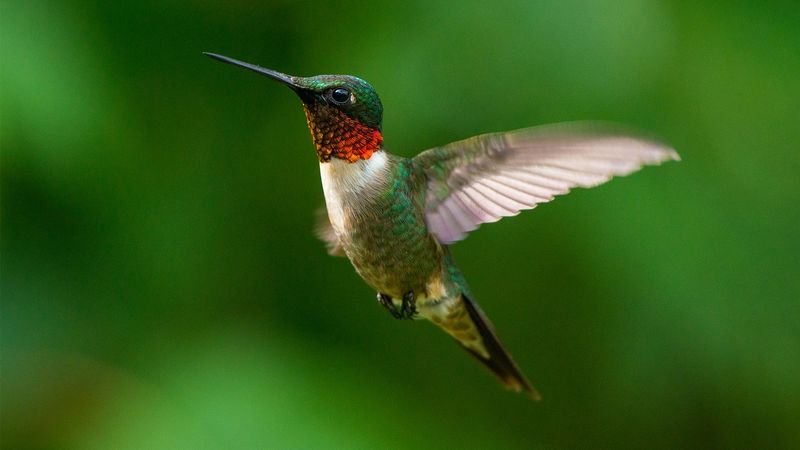
The buzz of tiny wings announces Ruby-throated Hummingbirds, eastern North America’s only breeding hummingbird species. Males sport iridescent emerald backs and ruby-red throats that flash like fire in sunlight.
These aerial acrobats can hover, fly backward, and even upside down. Despite weighing less than a penny, they migrate thousands of miles each year, including an incredible non-stop flight across the Gulf of Mexico. Their presence means your garden offers abundant nectar sources.
14. Cedar Waxwing – The Polished Fruit-Lover
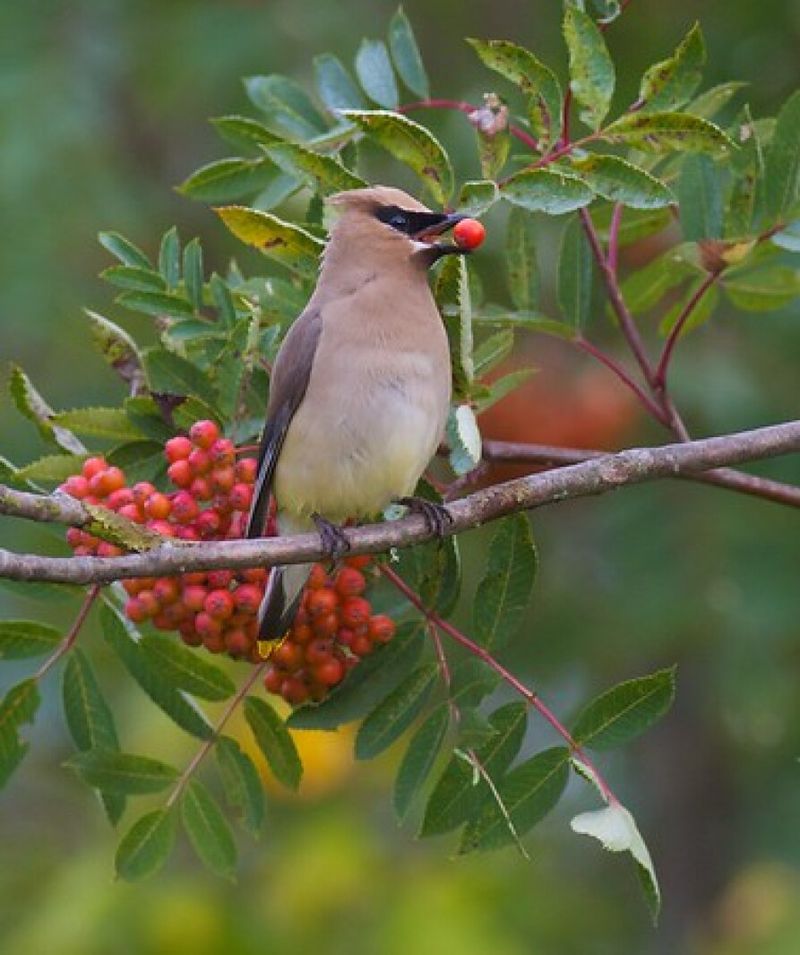
Sleek as silk with impeccable grooming, Cedar Waxwings look like they’ve just stepped out of an avian salon. Their pale brown bodies fade to soft yellow underneath, with black masks, crested heads, and distinctive red waxy wingtips.
These social birds travel in tight flocks, often passing berries down a line like a feathered assembly line. Their high-pitched whistles announce their arrival. Finding waxwings in your yard means you’ve created habitat rich in fruit-bearing trees and shrubs.

